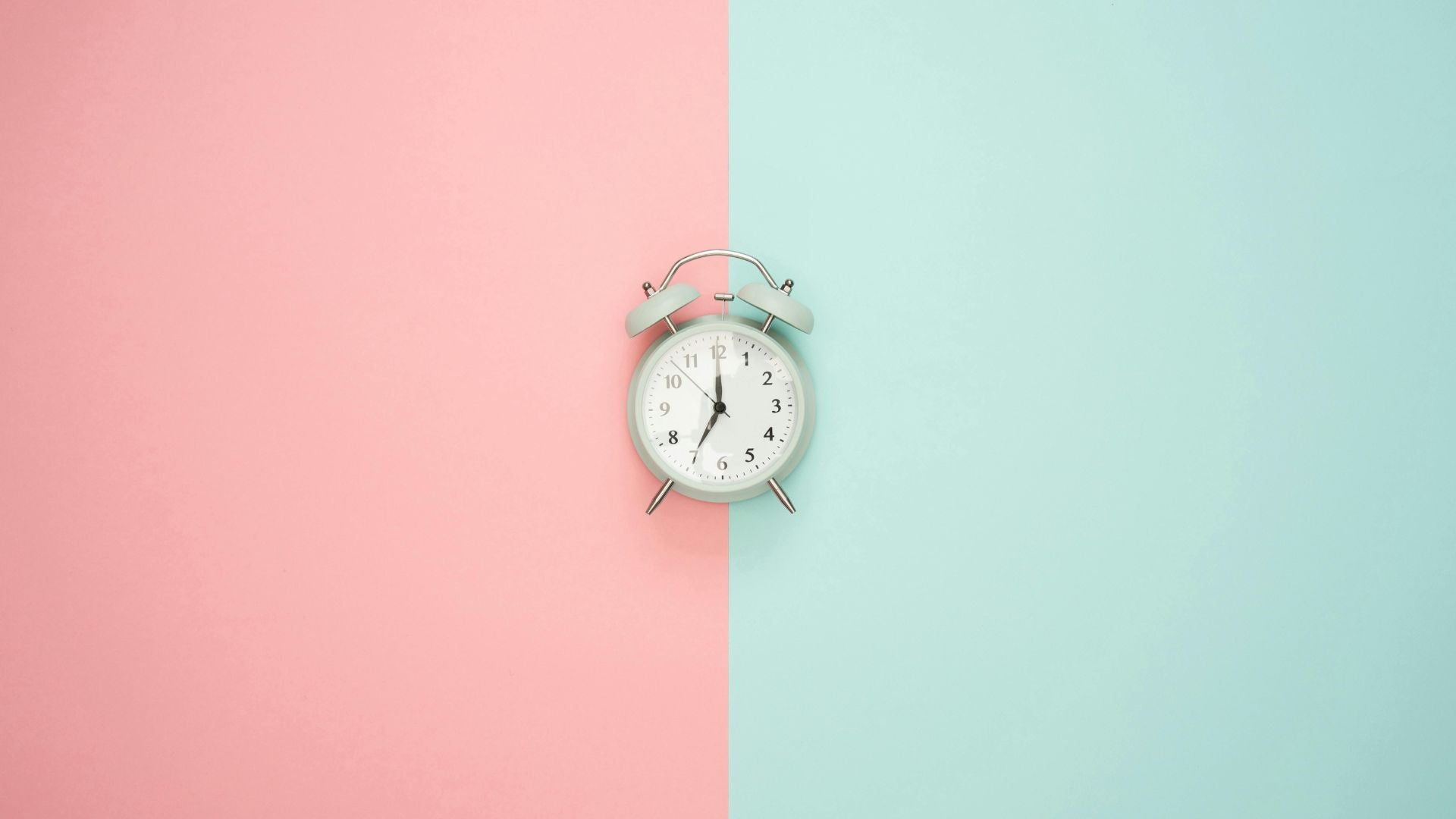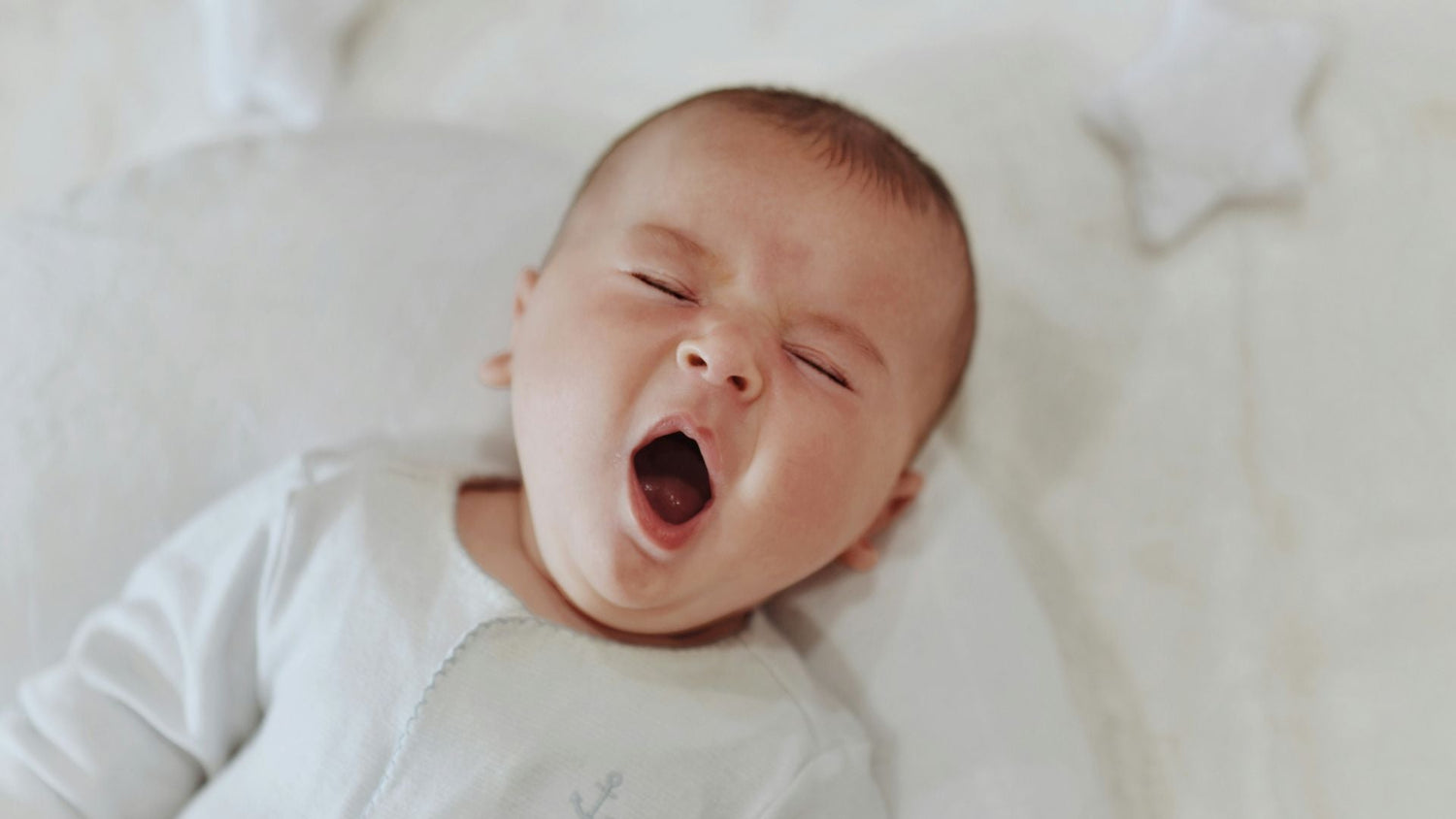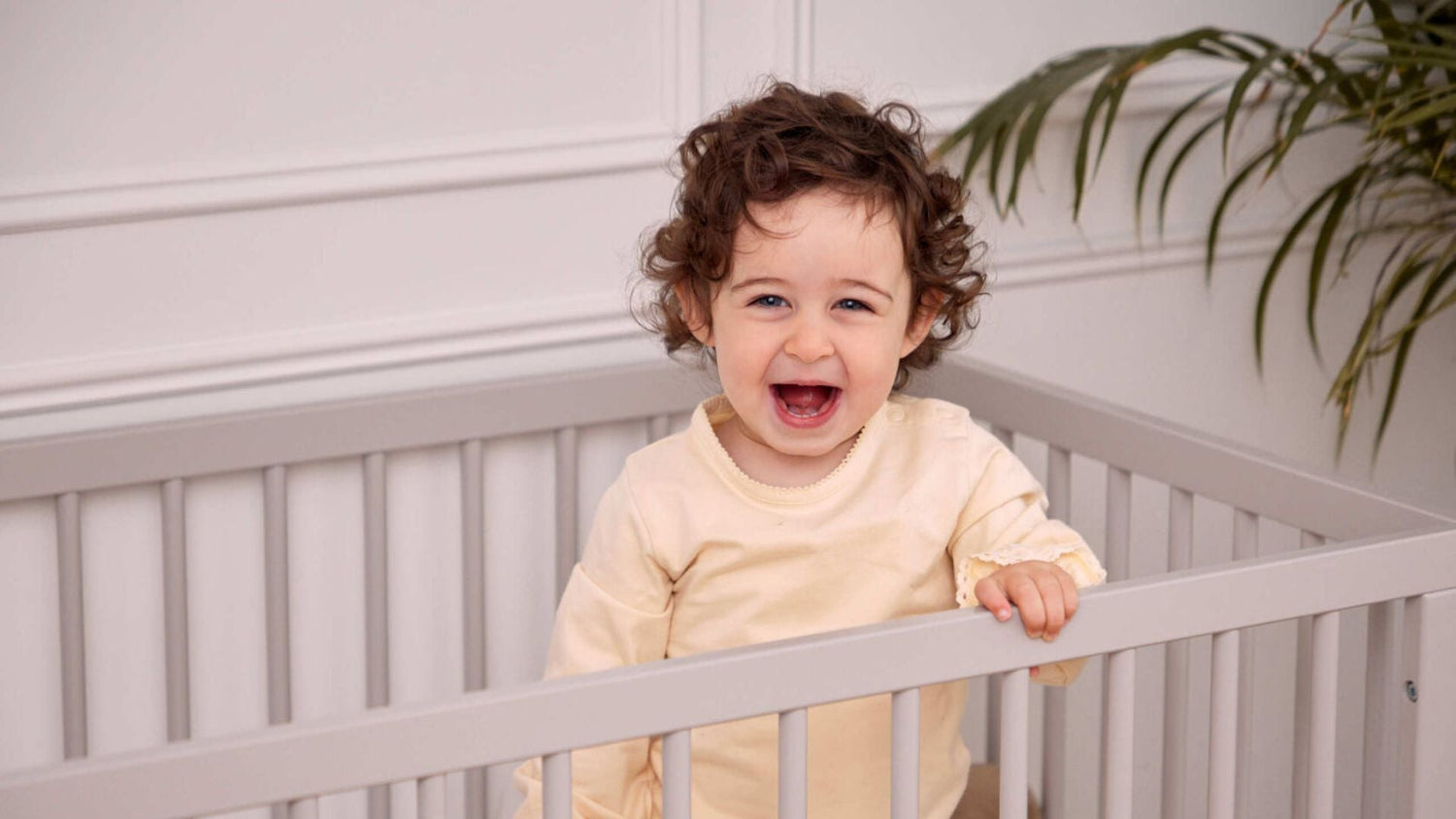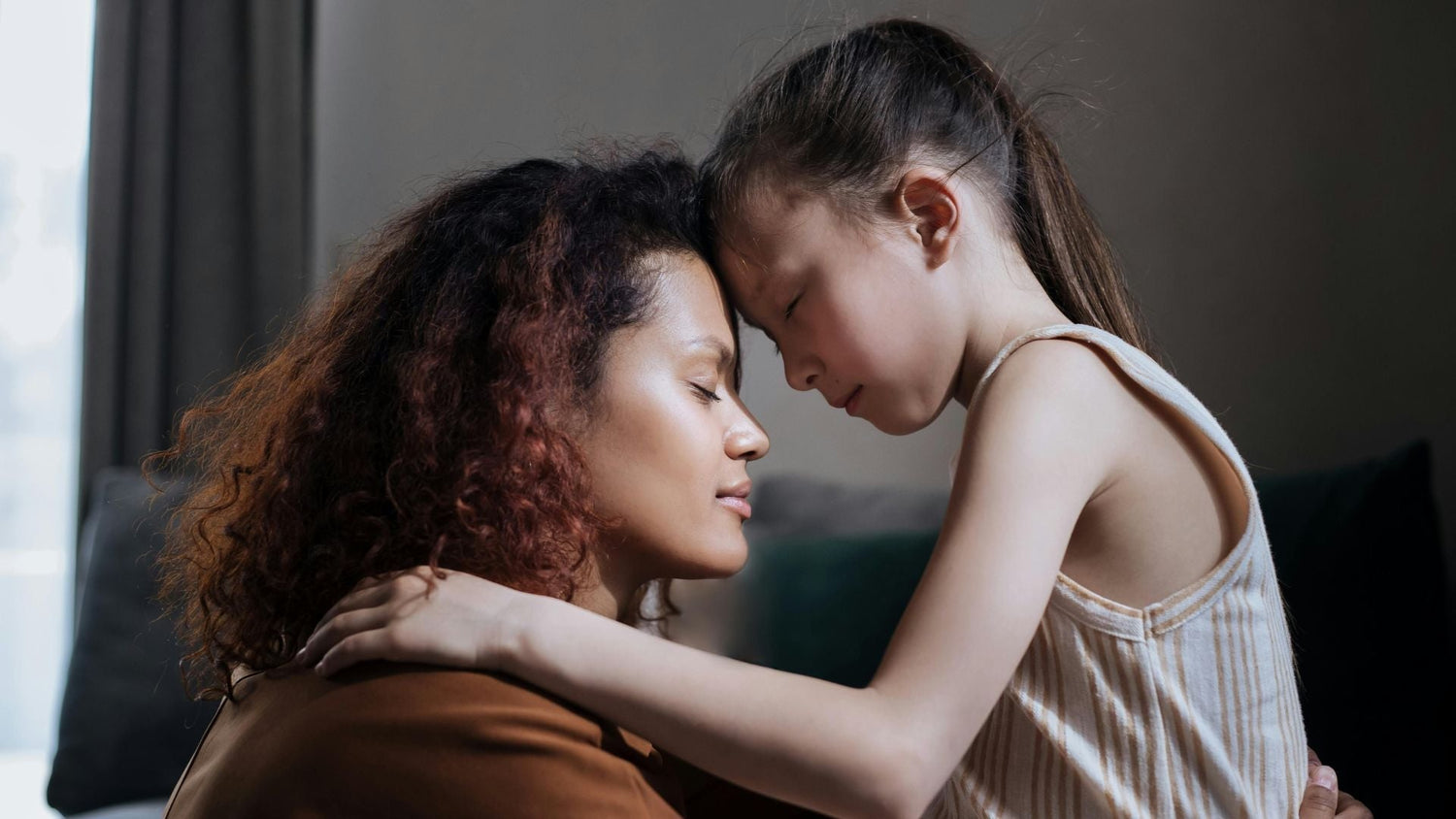Pregnancy is an exciting time, and many people find it hard to wait to find out the sex of their baby. It’s no surprise then that over the centuries dozens of old wives’ tales have been passed down that supposedly predict the baby’s sex before it’s born. While many of these theories have been proven false, it is still fun to test yourself and see if any of these predictions hold true for you!
When Do You Find Out the Sex of the Baby
The most common method for determining the baby's sex is through an ultrasound. This is usually done during the mid-pregnancy ultrasound, also known as the anatomy scan, which typically occurs between 18 and 22 weeks of gestation. By this time, the baby's genitalia are usually developed enough to be visible on the ultrasound.
However, some methods are able to determine gender even earlier. Here are a few of the methods used by medical professionals:
- Non-Invasive Prenatal Testing (NIPT)**: This blood test can be performed as early as 10 weeks into the pregnancy. NIPT analyses small fragments of foetal DNA circulating in the mother's blood and can determine the sex of the baby with high accuracy, among other genetic information.
- Chorionic Villus Sampling (CVS): This is an invasive test usually performed between 10 and 13 weeks of pregnancy. CVS involves taking a sample of placental tissue, which can then be tested for genetic information, including the baby's sex. This test is generally done for other reasons, such as diagnosing chromosomal abnormalities, rather than solely to determine sex.
- Amniocentesis: Another invasive test, usually performed between 15 and 20 weeks of pregnancy. It involves taking a sample of the amniotic fluid surrounding the baby. Like CVS, this test is typically done for genetic testing purposes, but it can also determine the baby's sex.
Each method has its own risks and benefits, and the choice of method will depend on various factors, including medical indications, the parents' preferences, and the healthcare provider's recommendations.
Differences Between Boy and Girl Pregnancy Symptoms
The idea that pregnancy symptoms differ based on the baby's sex is largely based on myths and old wives' tales. However, some people believe they experience different symptoms when carrying a boy versus a girl. These perceived differences cover a wide range of symptoms including:
- Nausea/Morning Sickness
- Feeling Sleepy
- Face acne
- Dry Lips/Skin/Eyes/Hair
- Sweating and Night Sweats
- Heartburn
- Itchy Breasts
- Swollen Legs and Feet
- Hair Growth
- Breast Size Increase
- Right Side Movement
- Urine Colour
- Feeling Hot
- Sweet Cravings
- Sleeping on the Right Side
- Heart Rate
- Different Belly Bumps
- Sensitivity to Smells
- Linea Nigra Length
- Weight Gain
It's important to note that these differences are not supported by scientific evidence. Pregnancy symptoms vary widely among women and can be influenced by many factors, including hormonal changes, genetics, and individual health. Still, there’s no harm in exploring which of these old wives’ tales might test true for you and your pregnancy!
-
Nausea/Morning Sickness
Girl. It is often said that carrying a girl causes more severe morning sickness due to higher hormone levels.
-
Feeling Sleepy
Girl. Since girl pregnancies are said to be accompanied with higher rates of nausea, it only makes sense that they are also associated with extreme tiredness, especially during early pregnancy.
-
Face Acne
Girl. It is claimed that carrying a girl can lead to oilier skin and more acne due to higher hormone levels. Conversely, some people believe carrying a boy causes more lustrous, shiny hair.
-
Dry Lips, Skin, Eyes & Hair
Boy. Dry lips and skin and a lack of acne during pregnancy have historically been associated with carrying a boy!
-
Night Sweats & Sweating
Boy. Some old wives’ tales claim an increase in sweating, especially night sweats, indicate you are having a boy. However, increased sweating during pregnancy is actually caused by fluctuating hormones.
-
Heartburn
Girl. Higher rates of heartburn point to signs of carrying a girl! Or so it has been said. Scientific studies have not found a correlation between heartburn and a baby’s sex. However, they DID find a correlation between an increase in heartburn and babies born with a full head of hair!
-
Itchy Breasts
Boy. There is a theory going around on the internet at the moment ‒ itchy breasts during pregnancy mean you're having a boy.
-
Swollen Legs & Feet
Boy. Swelling in the legs and feet during pregnancy is said to indicate a boy. Some swelling is completely normal in a pregnancy; however, contact your midwife, GP or labour ward immediately if you have a sudden increase in swelling in your face, hands, or feet.
-
Hair Growth
Boy. Supposedly, carrying a boy causes your hair to grow faster, and not just on your head but all over! This includes sprouting new hairs down the middle of your pregnancy bump.
-
Breast Size Increase
Girl. If your breasts become fuller but stay proportional to your body shape, it is believed you are having a girl.
Boy. If your breasts become noticeably large and heavy, particularly compared to your body shape, it is believed you might be having a boy.
-
Right Side Movement
Boy. If you often feel more of baby’s movement on the right side of your body, this old myth says prepare for a boy!
-
Colour of Urine
Girl. If your urine is darker or a normal shade of yellow, you’ve got a girl. Though dehydration can also cause this change in colour.
Boy. If your urine is brighter, it’s a sign you’re having a boy. Keep in mind prenatal vitamins can also have this effect.
-
Feeling Hot
Boy. Feeling overly hot or overly cold are both common complaints in pregnancy. However, according to this old wives’ tale, regularly feeling uncomfortably warm is a symptom of carrying a boy.
-
Sweet Cravings
Girl. Maybe this wives’ tale is the inspiration behind the saying, “Girls are made of sugar, spice, and everything nice.” Sweet cravings are said to signify a girl while salty cravings signify a boy instead!
-
Sleeping on the Right Side
Girl. If you find yourself wanting to sleep on your right side more, make way for a baby girl!
-
Baby Heart Rate
Girl. If the baby’s heartbeat sounds like a galloping horse, this old tale says you’re bound to birth a girl.
Boy. Meanwhile, if the baby’s heartbeat sounds more like a fast moving train, you should expect a boy. Keep in mind, a baby’s heart rate is naturally much faster than a full-grown human.
-
Baby Boy Bump vs. Baby Girl Bump
Girl. If your baby bump sits high and wide with a fairly even distribution of weight, this old saying claims you should prepare for a girl.
Boy. However, if your bump sits low and narrow with most of the weight popping outward like a swollen balloon, then this tale predicts a boy.
In reality, the shape of your baby bump changes according to your baby’s positioning inside your uterus. For example, babies that snuggle sideways will cause a wider bump, no matter the sex.
-
Sensitivity to Smells
Girl. Though there is no scientific research to back it up, many women report increased powers of smell, or hyperosmia, when they become pregnant. If it’s true, this old wives’ tale says you can thank girl power for this gift–or curse?
-
Linea Nigra Length
Girl. Does your linea nigra start below your belly button? Look forward to a girl!
Boy. Does your linea nigra start above your belly button instead? Get ready to welcome a boy!
The linea nigra is a dark line on your abdomen that appears during pregnancy due to increased melanin production and stretches down your belly bump to your pubic bone.
-
Weight Gain Distribution Changes
Girl. Similar to the myth about a spread out baby bump, more evenly distributed weight gain during pregnancy is also attributed to carrying a girl. Some people claim that weight gain centred around your bottom and thighs is also a sign of a girl.
Boy. Meanwhile, if your pregnancy weight gain occurs mainly in your belly area, this old wives’ tale says to expect a boy.
Do Your Own Gender Prediction Test
So, how many of these 20 pregnancy symptoms are you able to check off your list? Take a note of how many and what kind of symptoms you experience, then come back after you find out your baby’s gender and see how many of these old wives’ tales held true for you!
If you are involved in pre-birthing classes or other prenatal care groups, have everyone participate and conduct your own mini science experiment regarding the truth (or not) of these gender predictions that have been passed down through the generations.
|
HIGH CHAIRS |
CRIBS |
BEDDING |








